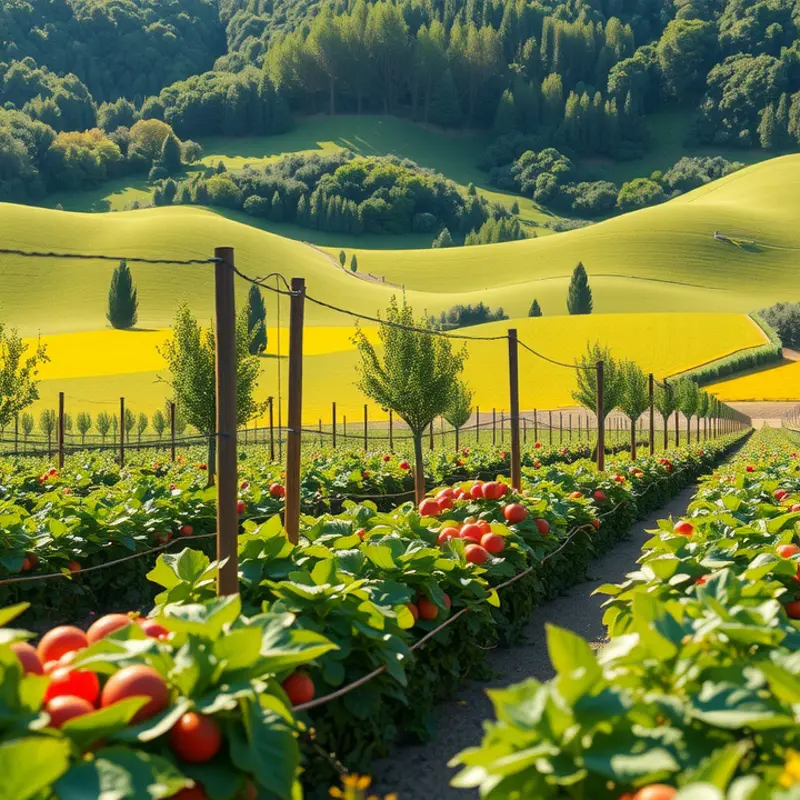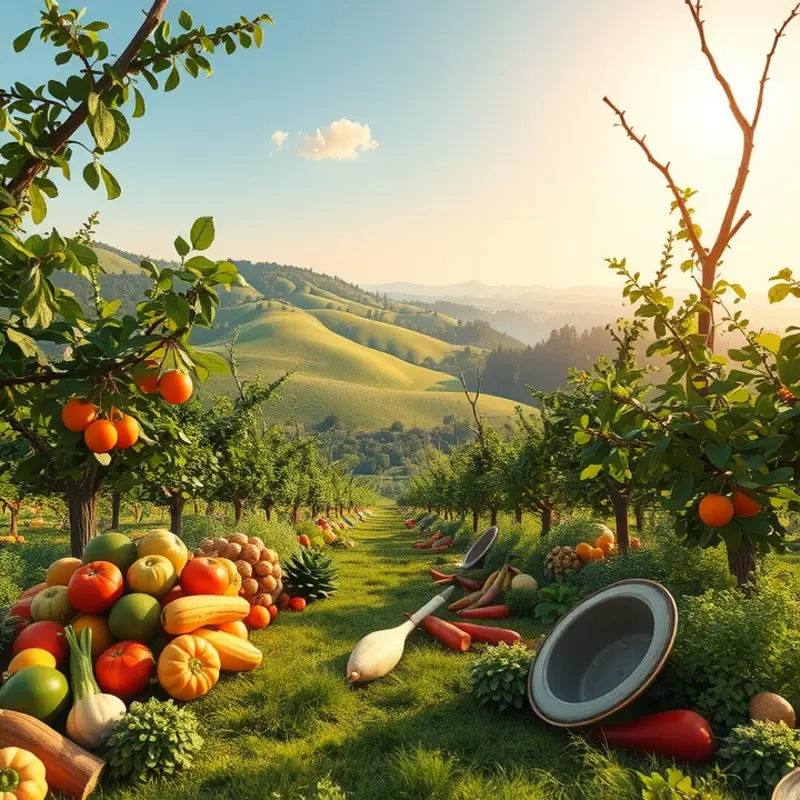Keeping your produce fresh and safe is crucial for minimizing waste and maximizing health benefits. Cleaning and storing fruits and vegetables properly not only enhances their longevity but also reduces the risk of foodborne illnesses. This guide offers practical steps to ensure you’re handling your food with care, fostering better food management at home. Embrace these straightforward methods to effectively clean and store your fresh produce, ensuring you enjoy all the nutritional benefits while reducing waste.
Essential Steps to Clean Produce Safely

Eating fresh fruits and vegetables is vital for maintaining a healthy lifestyle. However, their journey from farm to table can expose them to dirt, bacteria, and chemicals. Understanding how to clean produce effectively ensures safety and preserves the natural goodness of every bite. Here’s how you can arm yourself with knowledge and follow essential steps for pristine produce.
Start by sorting your produce into categories: leafy greens, firm produce, and delicate items. Each type requires unique care methods to ensure cleanliness and safety.
Leafy greens like spinach, kale, and lettuce can harbor hidden dirt and critters among their leaves. Start by discarding any wilted or damaged leaves. Separate the remaining leaves and submerge them in a bowl of cold water. Swirl them gently to loosen gritty particles and then rinse under running water. Use a salad spinner or pat them dry with a paper towel.
Firm produce such as apples, cucumbers, and carrots benefit from washing under running water. Scrub their surfaces with a clean brush to dislodge trapped dirt or residues. Remember, peeling does not replace washing since bacteria can transfer from the surface to the flesh during peeling.
Delicate items like berries or mushrooms need extra care due to their fragile nature. Rinse them under a gentle stream of water and use your fingers to move them softly. A sturdy paper towel can help pat them dry without bruising.
The question of whether to use soap or commercial produce washes is common. The general consensus is that soap leaves residues that are not intended for consumption. Using plain water effectively reduces contaminants while preserving the produce’s natural taste.
For those who wish to create a natural solution, a mixture of vinegar and water can be a simple alternative. Combine one part vinegar to three parts water in a bowl for soaking. This homemade wash can help reduce bacteria but should be followed by a rinse with fresh water to remove the vinegar taste.
Understanding the necessity of cleaning your produce aligns with exploring healthy recipes as noted in the mediterranean chickpea salad. Such dishes require fresh, contaminant-free ingredients to highlight their vibrant flavors.
Finally, ensure that all cleaning tools, such as brushes and salad spinners, are washed regularly to prevent cross-contamination. Let them dry thoroughly to avoid bacterial growth. Practicing these cleaning steps not only reduces health risks but also promotes a greener lifestyle, contributing to a healthier and sustainable future for everyone.
Storing Produce for Maximum Freshness

Proper storage of produce isn’t just about prolonging shelf life. It ensures your fruits and vegetables stay crisp, flavorful, and nutritious. Here’s how to store different types of produce with the care they deserve.
1. Leafy Greens:
Leafy greens like spinach and lettuce are best stored by wrapping them in a paper towel to absorb moisture. Then, place them in a breathable bag in the refrigerator. They prefer a colder environment, around 32–36°F (0–2°C). This prevents wilting and keeps them fresh for up to a week.
2. Root Vegetables:
Potatoes, onions, and carrots should be stored in a cool, dark place. Avoid refrigeration as it can alter their taste and texture. Keep them at a temperature around 45–50°F (7–10°C) to maximize their longevity. For carrots, trimming the greens can prevent moisture loss.
3. Berries:
Berries are delicate and prone to mold. Store them unwashed in a shallow container lined with a paper towel. They should be consumed within a few days. However, if you freeze them, they can last for months. Ensure they are in a single layer to avoid them sticking together.
4. Apples and Pears:
These fruits release ethylene gas, which can hasten the ripening of other produce. Store them separately in the crisper drawer of your refrigerator at 32–36°F (0–2°C) to keep them fresh for weeks. If you’re seeking recipes involving fresh produce, consider trying the Mediterranean Chickpea Salad, which showcases vibrant and crisp flavors.
5. Tomatoes:
Although it may be tempting to refrigerate tomatoes, doing so compromises their flavor. Store them at room temperature and out of direct sunlight to preserve their taste and texture. Once they’ve ripened, use them within a few days.
6. Citrus Fruits:
Citrus like oranges and lemons can last up to three weeks in the refrigerator. Store them in the crisper drawer for best results. If stored at room temperature, consume within a week to enjoy their juiciness and tang.
7. Bananas:
Bananas are best kept at room temperature. Refrigerating them can cause the peel to darken, although the fruit inside remains unaffected. To speed up ripening, place them in a paper bag or near apples.
8. Herbs:
Fresh herbs can be tricky to maintain. For sturdy herbs like rosemary and thyme, wrap them in a damp paper towel and store in a sealed bag in the fridge. More delicate herbs such as basil and cilantro benefit from being placed in a glass with water, like a bouquet, and can be left on the kitchen counter.
By following these storage tips, not only will you reduce spoilage, but you’ll also enjoy your produce at its peak condition. Each type of fruit and vegetable has unique needs, and understanding them will lead to less waste and better-tasting meals.
Final words
Practicing safe produce cleaning and proper storage techniques are essential steps towards a healthier lifestyle and effective food management. By implementing simple strategies like washing your fruits and vegetables thoroughly, and understanding their specific storage needs, you can greatly reduce food spoilage and ensure that your meals are both safe and nutritious. These practices not only help improve your daily dietary intake but also support sustainability efforts by minimizing waste. Embrace these guidelines diligently to create a better environment for your fresh food and your family’s health.







